We’ve all read gear lists on the essential items for backpacking… but have you considered what luxury backpacking items you want to add to your kit? Although they are not “must haves”, these items add a little more comfort to your backcountry camping adventure. Keep reading to find out the top 9 luxury items to pack for your next backpacking trip!
Disclaimer: This blog post is in collaboration with Backcountry.com and features some affiliate links. This means I get a small commission if you make a purchase (at no extra cost to you). Use code RENEE15 to get 15% off your first Backcountry order (some exclusions apply). You can also learn more about my affiliate policy here. Thank you for the support!
Luxury Backpacking Items
Firstly, we want to preface that you don’t need these luxury backpacking gear items. They are just extra things many people choose to take with them on camping trips, but by no means mandatory. Use your decretion when choosing what suits your needs and what might be a miss.
And don’t forget that we have a bunch of other helpful backpacking and hiking guides, as well as some downloadable packing lists. Here are some of our most popular:
- Backpacking for Beginners: Must-Know Tips for Wilderness Camping
- 9 Backpacking Mistakes to Avoid: Must Know Beginner Backpacking Tips
- How To Prepare for Hiking and Backpacking Trips
- What To Wear Hiking As A Woman
- The Best Hiking Shoes for Women and Men
- Hiking Trail Etiquette Rules You Should Know and Follow
- Must Know Bear Safety for Hiking and Camping

1. Camp Shoes / Water Sandals
There aren’t many better feelings in the world than taking your hiking boots off after a long day of hiking… amirite?! Rather than have to put your hot shoes back on every time you want to leave the tent, throw on some camp sandals. It’s quicker, more breathable, and will give your feet that break they need before the hike back.
Camp sandals can be incredibly lightweight and sturdy these days, so strap a pair to the outside of your pack. You won’t ever want to go on a backpacking trip without them again! I often pack the Birkenstock Arizona Core Sandals for around camp (there’s a men’s version, too) or if I want to use them as water shoes I will instead take the Merrell Breakwater Strap Sandals or the Xero Shoes Z-Trail EV.

2. Lightweight Camp Chair
Seriously, bringing a lightweight camp chair has been THE biggest game changer for me. Sitting on a comfortable chair at camp really allows you to enjoy that perfect campsite without having to try and place your butt perfectly between a rock and a hard place. Your knees, ankles, and glutes will thank you!
Although it adds a little weight to your pack, the extra weight has been more than worth it when spending long days at camp. I recommend the Helinox Zero Chair (only 1 lb 2 oz), the Big Agnes Skyline UL Chair, or the Big Agnes Skyline UL Stool.
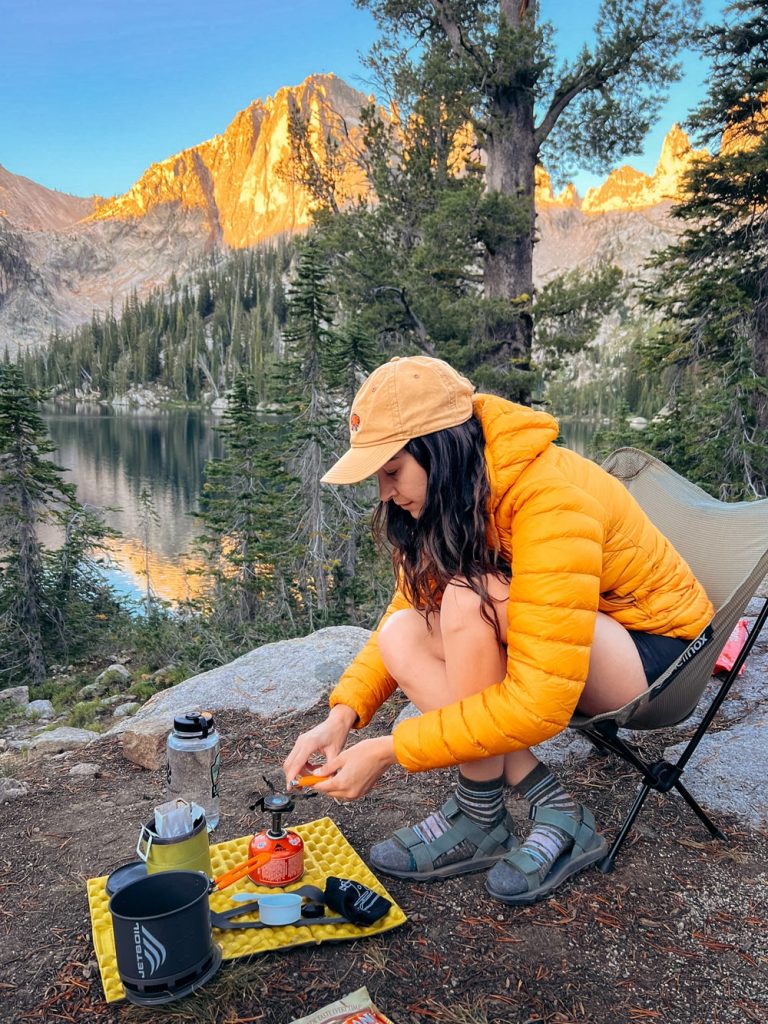
3. Cooking Stove
Cold soaking or snacking for dinner? No thanks… that kind of ultralight backpacking is not for me. I much prefer a warm meal after a long day of hiking. Also, it’s often cold in the mountains at night, and treating myself to a warm meal is the least I can do after hiking all of those miles to camp.
My favorite for fast and easy cooking while on the trail is the Jetboil MiniMo Cooking System. It’s perfect for dehydrated meals and boils water so quickly for tea or coffee when you need to warm up on a chilly morning. The Jetboil Stash is another lightweight option great for one-pot meals. For an ultralight option, the MSR Pocket Rocket is a popular choice, and it comes in a kit option as well.

4. Camp Mug
I enjoy a nice hot chocolate in the evening and/or coffee in the morning to start the day off right. These days brands are making really amazing, lightweight camp mugs that are only a few ounces. If you like coffee then this one is non-negotiable. You can also pack smaller items inside of the mug to save space in your pack, such as headlamps, a spare pair of socks, etc. I personally love the Snow Peak Titanium Single Wall Mug, but the GSI Outdoors Infinity Mug and Sea to Summit Cool Grip Collapsible Mug are both great options as well.
5. Kindle / E-reader
When that unexpected bad weather passes through you’ll be thankful you packed some form of entertainment. A Kindle (or similar E-reader) is a relatively lightweight way to stay entertained, and the battery lasts much longer than most other electronic devices. I personally pack my Kindle on just about every backpacking trip I take and have never regretted it. You could pack a physical book but the weight would likely be considerably more.
The basic Kindle is very affordable or you can opt for the latest, premium edition, the Kindle Paperwhite Signature.

6. Swimsuit
Heading out for a camping trip to an alpine lake? Don’t forget your swimsuit! The cold water is incredibly healing for your body after a long hike, think football players having ice baths after a game… same concept!
Bathing suits really don’t weigh much or take up much space, so consider throwing one in on your next backpacking trip. Or if you feel comfortable, you could just swim in your underwear. My go-to swimsuit is the Left On Friday Sunday One-Piece, or you could opt for a bikini, or the Patagonia Baggies Shorts for more coverage and versatility.
7. Quick Dry Towel
After that dip in the cold alpine lake you’re going to need to dry off. Sure you could just air dry, but have you felt the wind in the mountains? Brrrr. There are numerous brands out there creating lightweight and quick-drying towels such as the Sea To Summit Tek Towel. This is going to be a regular in my pack from here on out when there’s a chance I may be swimming.
8. Camp Pillow
For me, packing a camp pillow is a no-brainer. I know some people will call this a bit “extra”, but no one I know who brings a pillow out camping with them has ever regretted it. At less than 2oz, really there’s no reason not to.
The Exped Ultra Pillow is a great ultralight inflatable pillow option, while the Sea To Summit Aeros Premium Pillow is even more deluxe and comfortable. For a more affordable option, the Stoic Groundwork Pillow is still lightweight and very comfy! You could opt for more of a compressible pillow but they usually weight a little more.
Bonus tip: Up your comfort game by inflating the pillow only halfway, wrapping it in a Buff, then stuff that with a down jacket. This is SO much more comfortable and adds no extra weight as you’ll likely have something like a buff and a down jacket with you already.

9. Lantern
This is definitely not a necessity, but I’ve found a mini lantern is really nice to have on a backpacking trip. You can leave it in one place, so you don’t have to dig around for it in the dark like you might with a headlamp. The light is often more soft and dispersed too, so it’s great for inside the tent at night or when cooking a meal at camp. You’re also not going to blind your camp buddy when you turn to look at them, which is a nice bonus.
Some of our top backpacking lantern recommendations are the Snow Peak Mini Hozuki Lantern, the Black Diamond Moji R + Lantern, and the MPOWERD Luci Lux Lantern.
More Comfort Backpacking Items
There are definitely some other “comfort” or luxury items that people choose to take backpacking. Some more gear pieces and accessories to consider:
- Lightweight journal, like those by Rite in the Rain Weatherproof Notepad (and a weatherproof pen)
- Hammock in substitute for a chair, like the Eagles Nest Outfitters SingleNest Hammock
- Massage ball for those tired muscles, like the Helinox Ball Feet Vibram
- Smartphone (I use the iPhone 13 Pro)
- Battery charging pack, like the Goal Zero Flip 24 Portable Phone Recharger
- DSLR or mirrorless camera & lenses (find out what camera gear I use)
- Travel tripod (find out our top tripod recommendations)

What Else To Bring On a backpacking trip
So we covered the “luxury” backpacking gear list. Now let’s talk about other backpacking essentials! Much of what you pack and wear for a backpacking trip will be similar to what you’d pack for a day hike, with a few added items.
I have an entire guide and packing list for beginner hiking essentials, so be sure to check that out. That guide includes my recommendations for the best hiking shoes, lightweight and warm layers, and the Ten Essentials.
Choosing your backpacking gear depends on a few factors, like how much you want to carry (weight), how long you’ll be backpacking, and the cost of gear. I know that backpacking gear is quite expensive, so I’m sharing some budget-friendly gear recommendations as well as lightweight backpacking options. Since you’ll be carrying all of your gear (clothing, food, shelter.. everything!) you’ll want to spend some time determining your budget and researching gear before making purchases. And I’m here to help with that!
When factoring in your overall base weight your pack *ideally* shouldn’t weigh more than about 20 percent of your body weight. (For example, if you weigh 150 pounds, your pack should not be over 30 pounds). This is a general rule to follow if you want to have a pleasant backpacking experience and not be too sore afterward. Remember that you can upgrade your gear over time and replace heavier items with more lightweight alternatives.
Don’t forget to use code RENEE15 to get 15% off your first Backcountry.com order! (some exclusions apply) Click here to shop my favorites.
Backpack
My favorite lightweight pack for backcountry camping is the Osprey Lumina 60L Backpack (men’s version available here.) For a bit more support and features, I like the Osprey Kyte 46L Backpack (men’s version available here.) If you want to pack fast and light, Hyperlite Mountain Gear makes great ultralight and durable backpacks. I recommend the Granite Gear Crown 2 60L Backpack as a budget-friendly option for a good backpacking pack. I often also use the Hyperlite Versa Hip Pack attached to my pack’s waist strap for easy access to essentials (aka snacks and chapstick!)
Tent
Choosing a backpacking tent is probably one of the most challenging pieces of equipment. This is often the heaviest single piece of equipment, and ultralight tents can be pretty pricey. But, it’s absolutely worth the investment if you’ll be using it frequently! My favorite 2-person tent is the Big Agnes Copper Spur HV UL 2, perfect for sleeping 2 people in most seasons. A more lightweight alternative in the Big Agnes Tiger Wall UL 2P (or there is a 1 Person version). The Eureka Tetragon NX 2 and Eureka Suma Tent are both good choices for a more affordable backpacking tent.
If I am backpacking solo, I love the Big Agnes Tiger Wall UL 1P Tent, or some other alternatives are the MSR Carbon Reflex 1 Tent and the Marmot Tungsten UL Tent. If you have the ability to invest in an ultralight tent, the Hyperlite UltaMid 2 Shelter is an amazing option for an ultralight 2-person tent. Though it’s not necessary for a bit of snow and cold weather, you can also invest in a heavy-duty 4-season tent like the MSR Access Tent for more extreme winter adventures with heavy snow and harsh winds.
Sleeping Bag
Similar to choosing a tent, you have a lot of decisions when it comes to selecting a sleeping bag, like warmth rating and fill material (down vs. synthetic.) For 3-season camping (aka, most of the year other than intense winter camping) the NEMO Disco 30 Sleeping Bag is a great choice (men’s version available here.) The Marmot Ouray 0F Down Sleeping Bag is a popular choice for winter camping (find the men’s version here.)
My favorite option for 3-season backpacking is the Western Mountaineering Apache 15F Down Sleeping Bag – it’s pricey, but I have definitely got my money’s worth as I use it almost year-round! There are definitely some great affordable options out there, like the Stoic Groundwork Sleeping Bag and the Kelty Cosmic 20F Sleeping Bag (men’s version here.)
One of my top tips is to use a compression bag such as the Sea To Summit Ultra-Sil Compression Dry Stuff Sack to keep your sleeping bag as compact as possible in your backpack (as well as protected from any moisture).
Sleeping Pad
My favorite sleeping pad for summer backpacking and the shoulder seasons is the Sea to Summit Ether Light Insulated Sleeping Pad. I recommend this one a lot because it’s a women’s specific shape and great for side sleepers which can be tricky! They also make a men’s version which I also recommend.
In the super cold months, I use the Sea to Summit Ether Extreme with a closed cell pad underneath for extra warmth. For a few budget options, check out the Therm-a-Rest Trail Scout, the Stoic Clutch Air Mat, or the Therm-a-Rest Z Lite Sol.

Extra Cooking & Eating Gear
We already covered cooking stoves and mugs in the luxury items, but you can’t forget eating utensils like a spork and bowl. I love the Snow Peak Titanium Spork or Sea to Summit Spork and Knife for lightweight options. The Sea to Summit Collapsible Bowl is perfect for chowing down on some easy backpacking meals and then packing away.
Food
Dehydrated meals are a great option for lightweight, quick dinners when you’re in the backcountry. I really love Mary Jane’s Farm Outpost meals because they don’t have a lot of added ingredients that some other brands do, and they don’t leave you feeling bloated and gassy (no fun!). Good to Go meals are another good option with simple ingredients.
Hiking snacks are super important to help you stay fueled and energized throughout the day. I love to snack on nut butter filled Clif Bars, Pro Bar Bolt Chews, GoMacro bars, Honey Stinger Waffles, and nut butters. I always use an Ursack for food storage, although there are some areas that require bear canisters. When I backpack in those areas I use a Medium Bear Vault.
Pro tip: I always try to pack a trash bag and gloves to pick up and remove any trash that I find on the trails. This is a good way for us to lessen our impact on the natural environment and help preserve our favorite hiking trails.
Drink bottle & Water filter
Typically I use a Hydro Flask 32oz Trail Water Bottle or a Hydrapak Recon 1L Water Bottle. Sometimes I use a hydration reservoir/bladder since they’re easier to drink from while hiking, and I will use my water bottle to drink Nuun electrolytes. In the winter I will also use a Nalgene as a drink bottle because you can use it for hot water and tuck it into your sleeping bag to stay extra toasty!
Lastly, you will need a way to filter water when refilling. I like to use the Katadyn BeFree Water Filter with the Hydropak Seeker 4L Water Bladder. You can also use purification tablets, though these often take longer to filter and can leave an aftertaste to your water.
Trekking poles
Some people consider these optional but I personally swear by them for hiking, especially with a heavy backpack. I use the Black Diamond Alpine Carbon Cork Poles regularly and love them. The Kelty Upslope Poles are a good budget-friendly option! Often I will stash one pole attached to my backpack and just hike with one, leaving one hand free to take iPhone photos, eat snacks, or help scramble over rough terrain.
Sleeping Clothes
Having a clean, cozy set of clothes to change into after a long day of hiking feels extra nice. I live in the Icebreaker Long Sleeve Crewe, and the Stoic Merino 1/4 Zip Shirt is another great option that’s more affordable. These Icebreaker Thermal Leggings are super cozy and warm. I keep my sleeping clothes in a dry bag to make sure they are always dry when I get to camp even if my pack gets a little wet in rain or a creek crossing.
Emergency beacon
These are definitely optional, but are great to give you and your loved ones some peace of mind especially when you’re in the backcountry. I’ve used both the Garmin inReach Mini and the SPOT Gen4 Satellite GPS Messenger. The Garmin has more functions like two-way messaging, but both devices are great options to have in case of emergency.
Headlamp
You’ll need a headlamp once the sun goes down! I have used the Petzl Actik Core Headlamp for years, and I love it. The Petzl Tikkina Headlamp is a more budget-friendly option that works great. I also like to bring a lantern that I can hang in my tent or campsite for extra light, especially during the winter months when daylight is much shorter.
Toiletries
I don’t bring much, but you’ll likely want to pack a few things like sunscreen, moisturizer, contact lens holder, toothbrush, cleaning wipes, etc. I keep these organized in a small pouch, like this one from Topo Designs. For backcountry bathroom needs I pack a trowel, toilet paper, wipes, Kula Cloth, and a zip lock bag to pack out dirty toilet paper.
Pro tip: You can use a contact lens holder to store small amounts of liquids like sunscreen, moisturizer, and other lotions!
First aid Kit
No matter how far I’m hiking, I always carry a small first aid kit with essential items like blister plasters and emergency supplies. Recommended lightweight first aid kit. If you’re lucky, you may never have to use this, but it’s best to be prepared. It’s also wise to pack some bug protection, like bug spray. If I’m hiking somewhere that I know the mosquitos will be bad, I will pack my bug headnet too.
Bear Spray
It’s wise to carry Bear Spray when in bear country. Typically trailheads and national parks will have lots of information posted when this is necessary. Note that it’s important to wear bear spray at your waist or shoulder strap, and not in your backpack out of reach. I often will carry pepper spray as a form of defense when not in bear country, especially if I am backpacking solo.
Camera Gear
Everyone’s system for carrying their camera gear backpacking is a little different, so here’s what works for me! I pack my camera and lenses in a Topo Designs Camera Cube. When carrying my camera for easy access I use a Peak Design Leash Camera Strap and either the Moment Strohl Mountain Light Camera Loader or a Peak Design Capture Clip and Plate (I think this one is more comfortable on my pack waist strap.
Post Hike Kit
Lastly, you might want to leave a small bag in your car with a few items to freshen up at the end of your backpacking trip. My go to items in my post-hike kit include a set of clean, comfy clothes, face/body wipes, hand sanitizer, deodorant, extra water, and snacks.
Want more packing & gear tips? Check out our guides on what to wear hiking, car camping gear essentials, how to plan a national parks trip, day hiking essentials, and the best hiking shoes.
Time to hit the trails!
Now you are ready to hit the trails! Save this backpacking luxury items list for your next trip, and have fun! Leave a comment below and share your favorite comfort backpacking pieces. It’s fun to hear what other people bring!
PIN for Later!

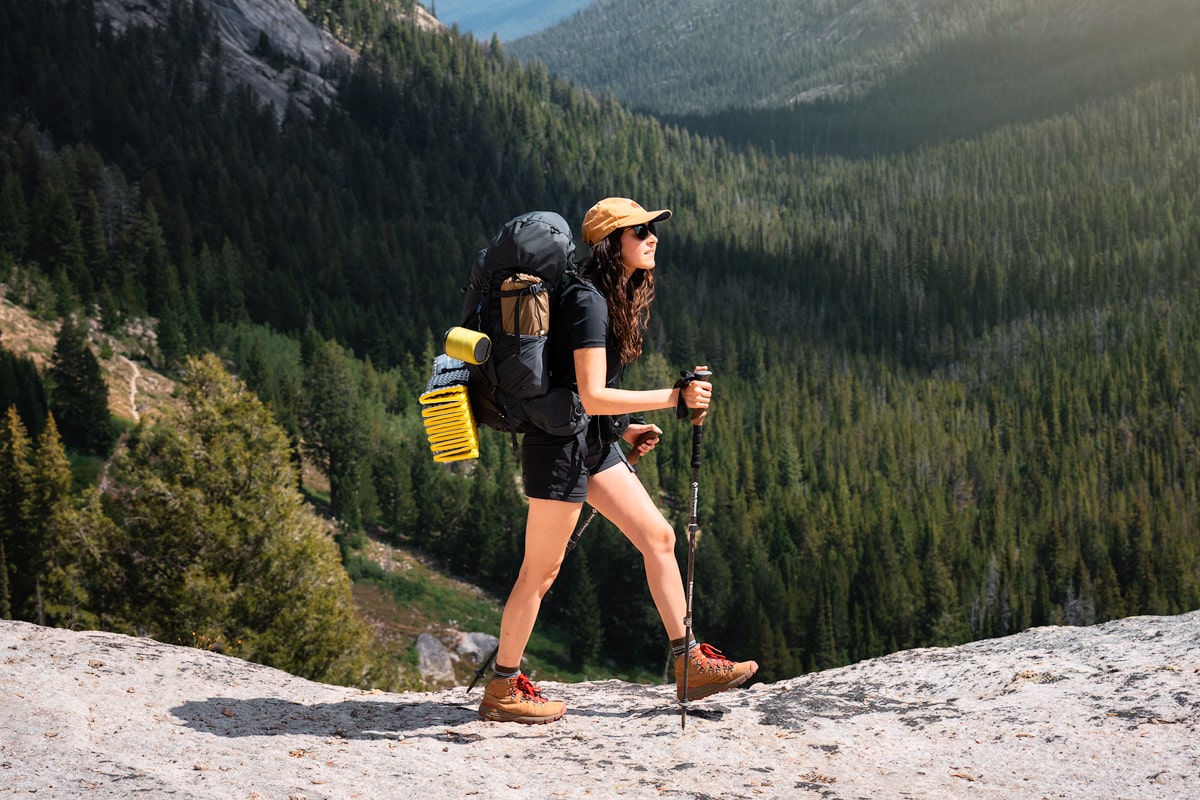
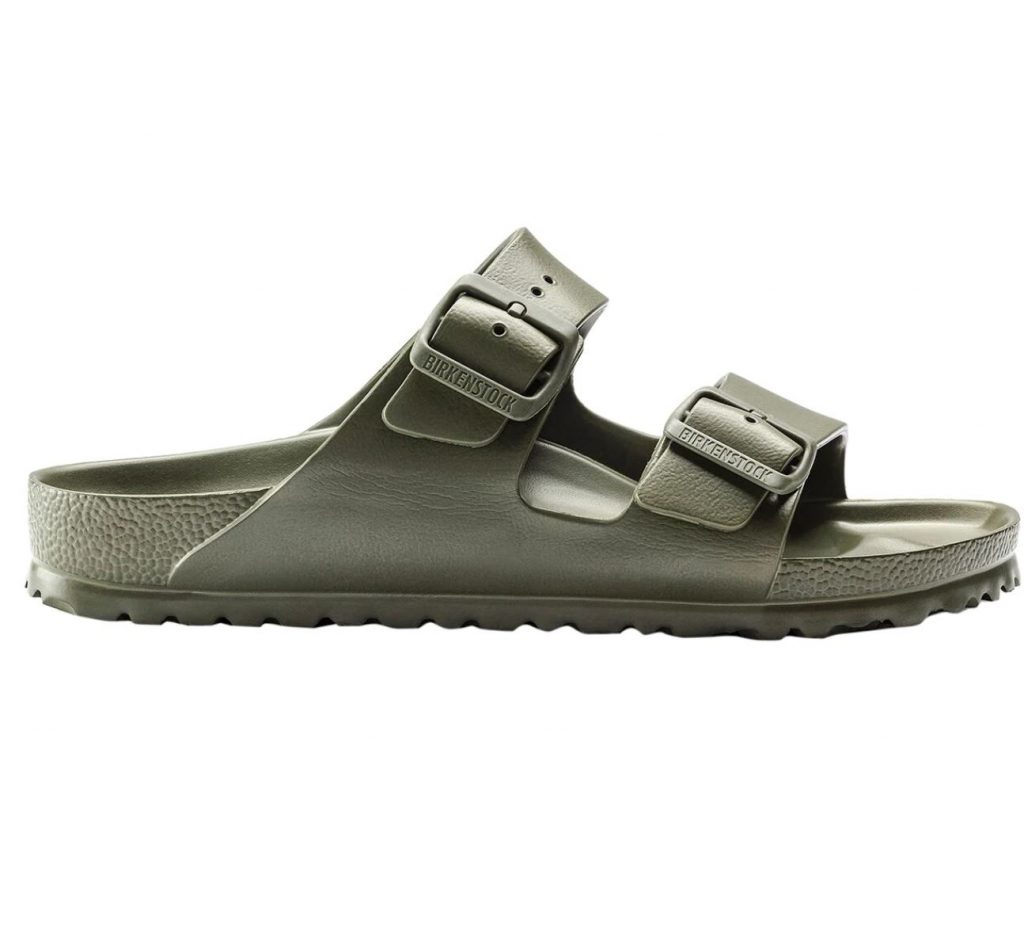
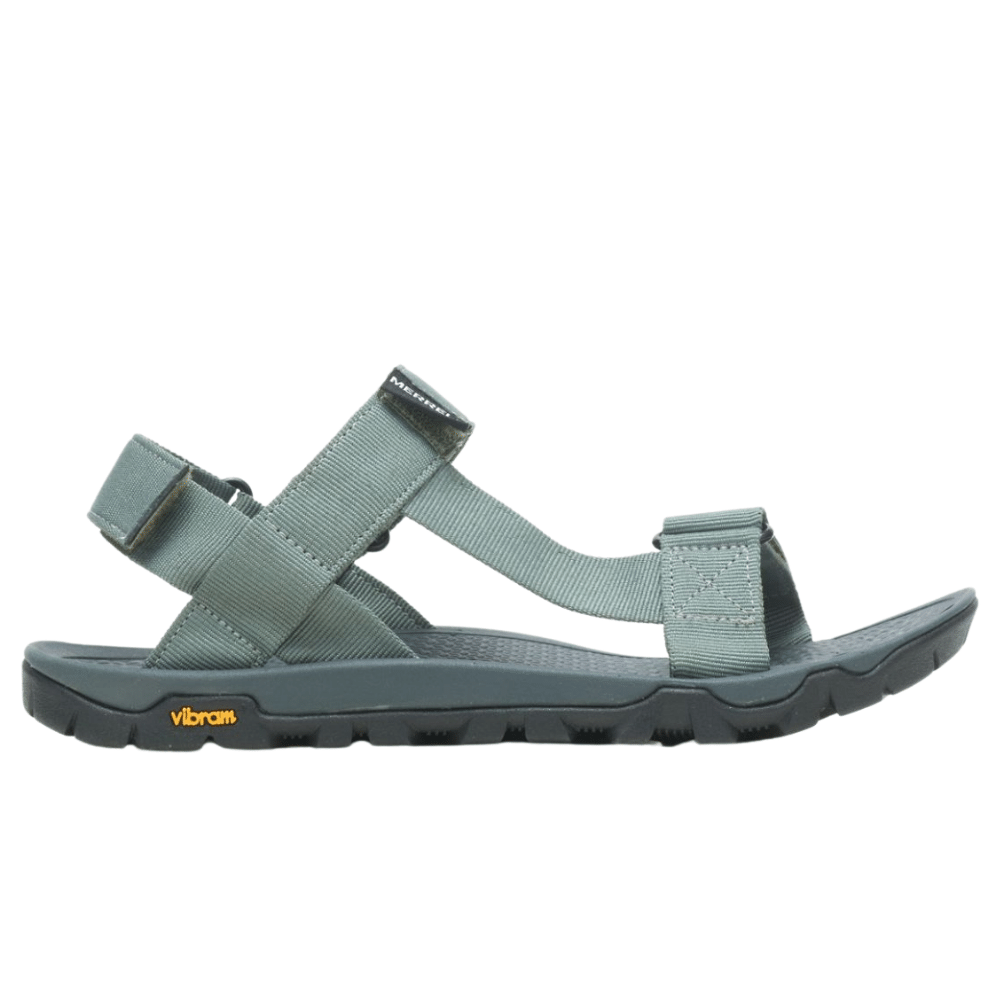







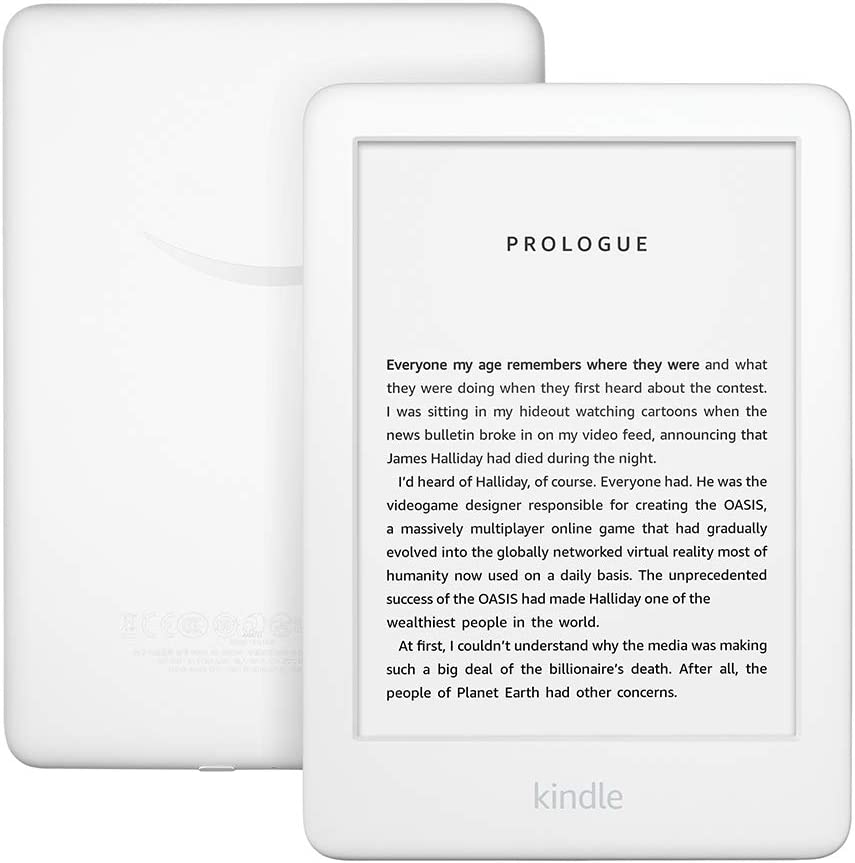



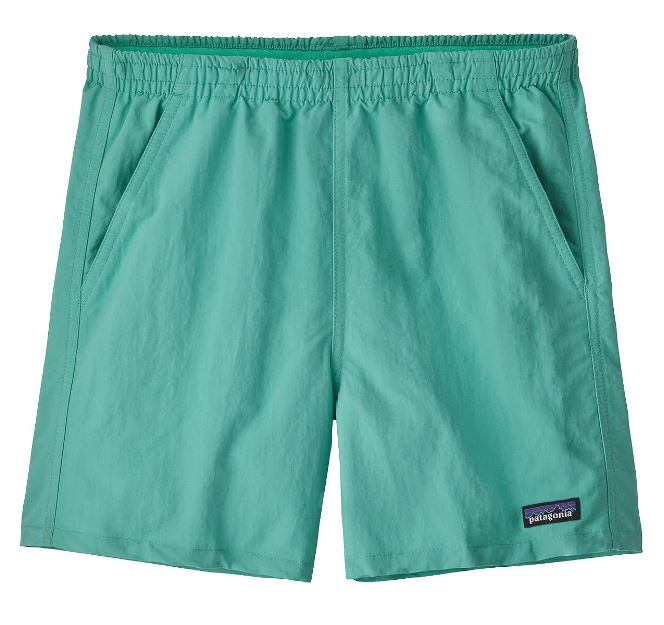





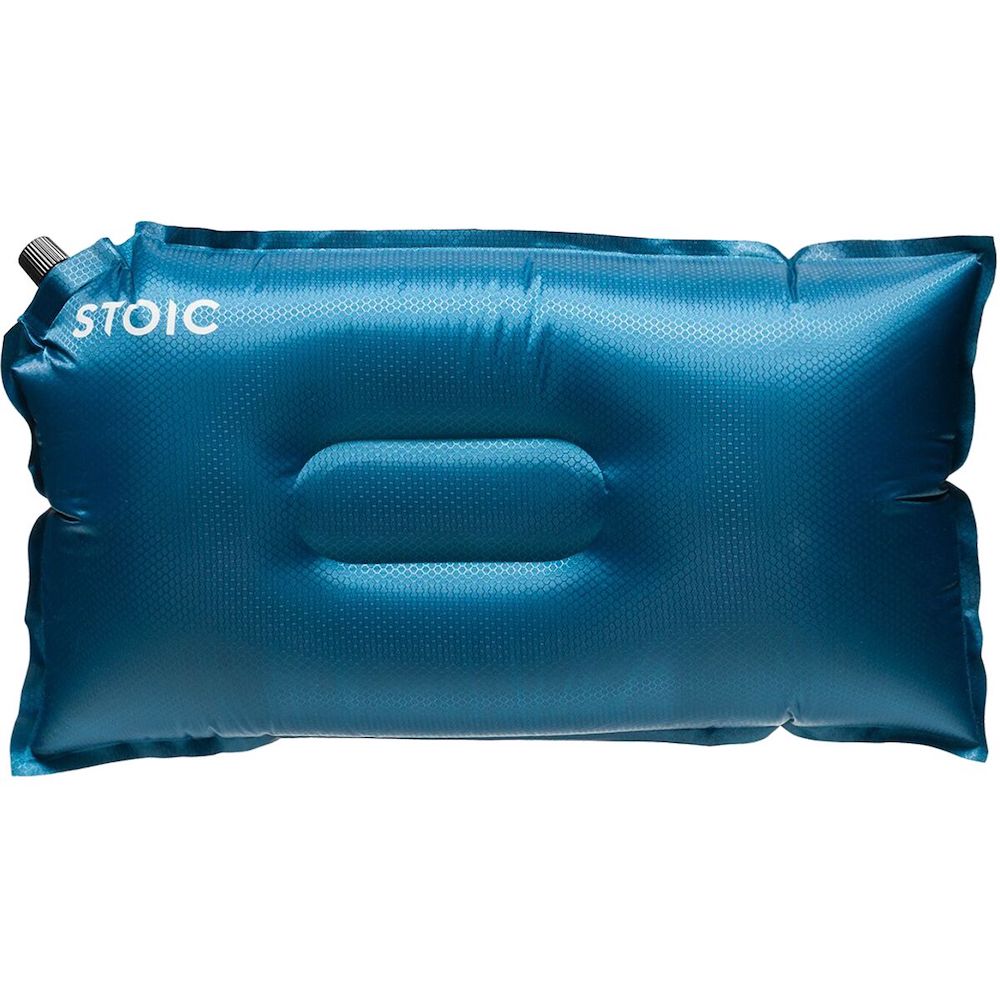



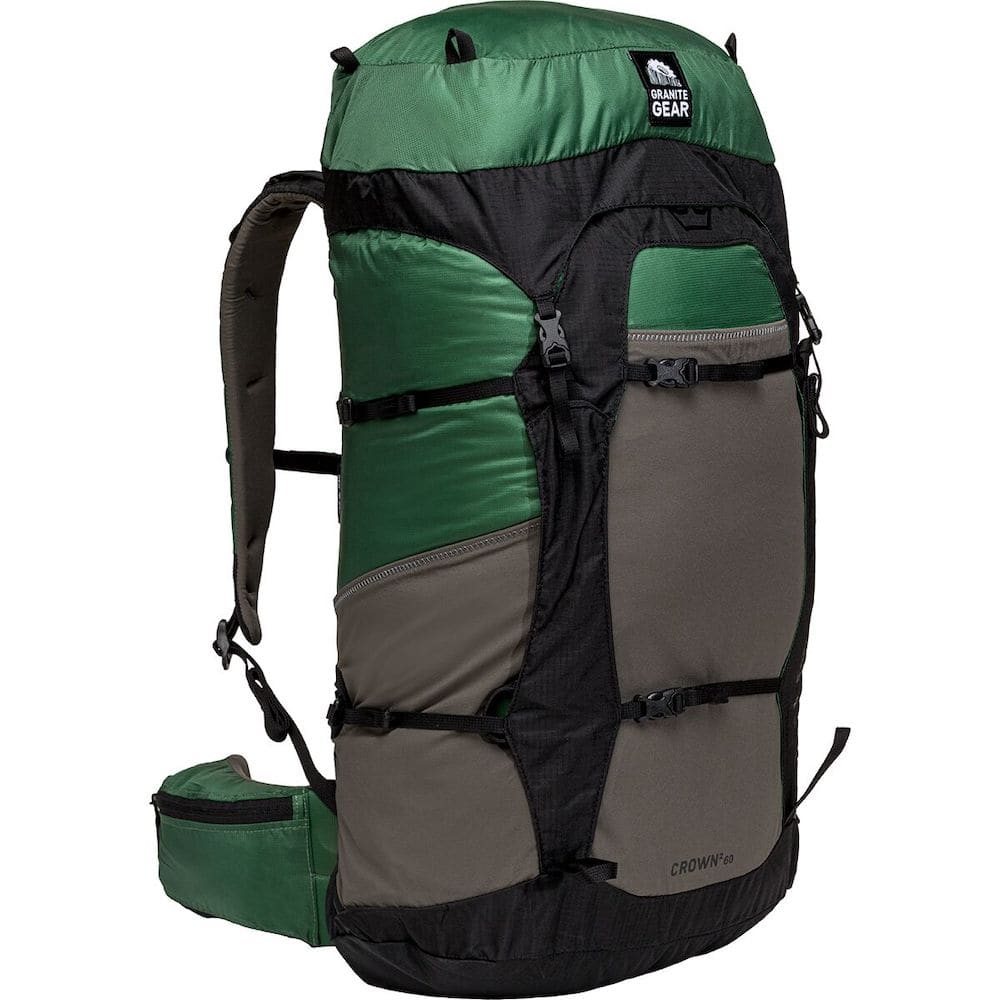


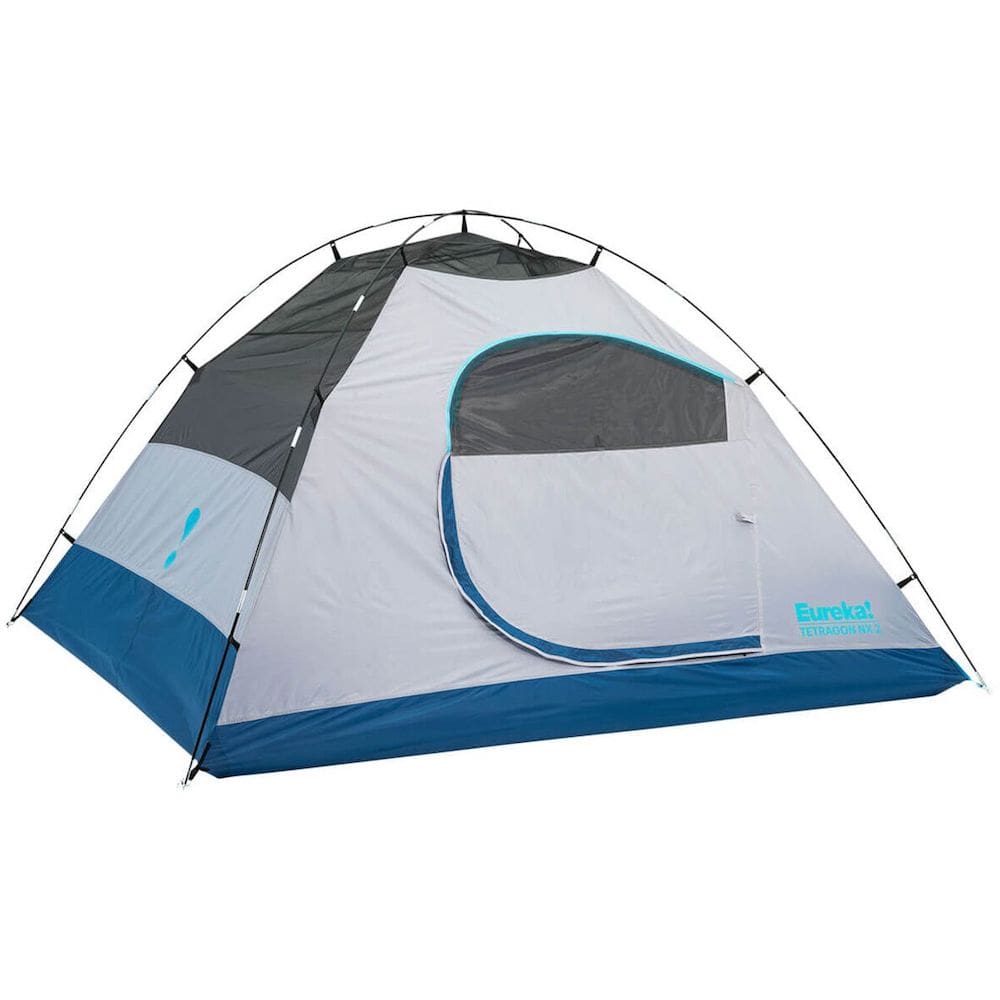






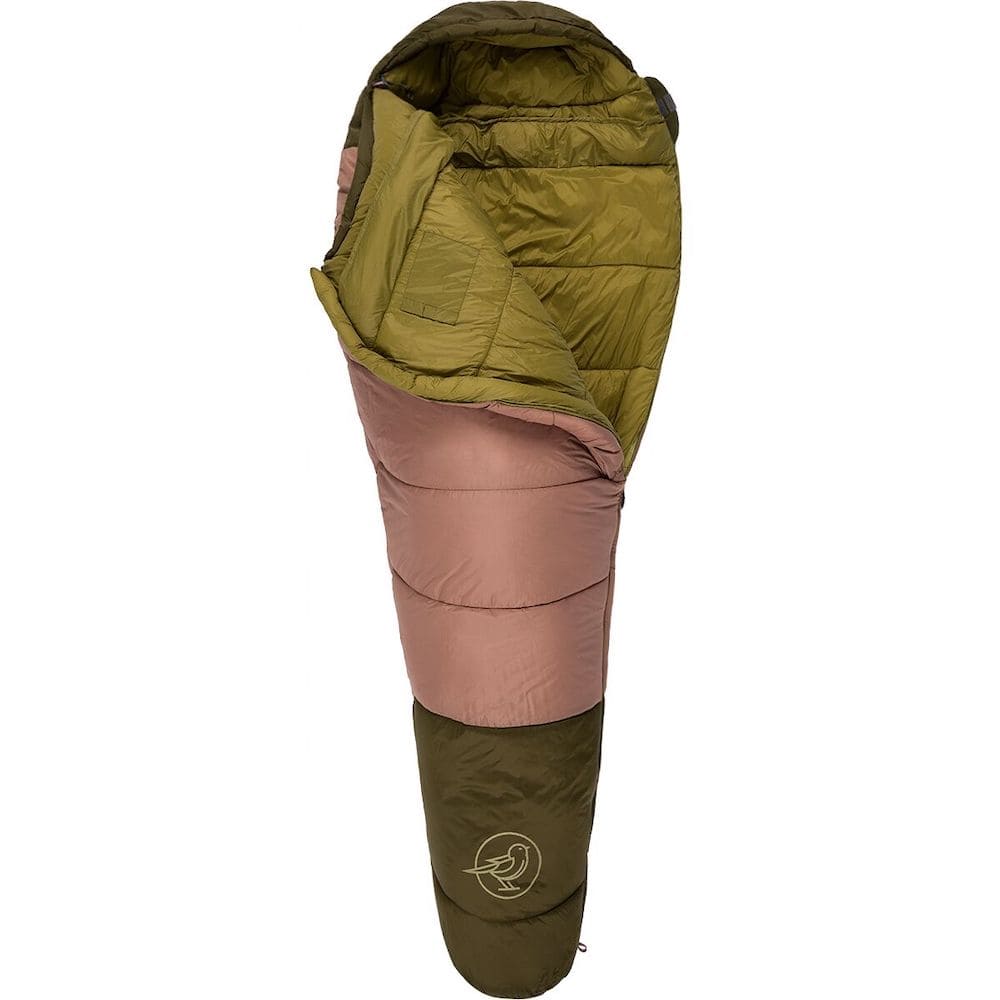
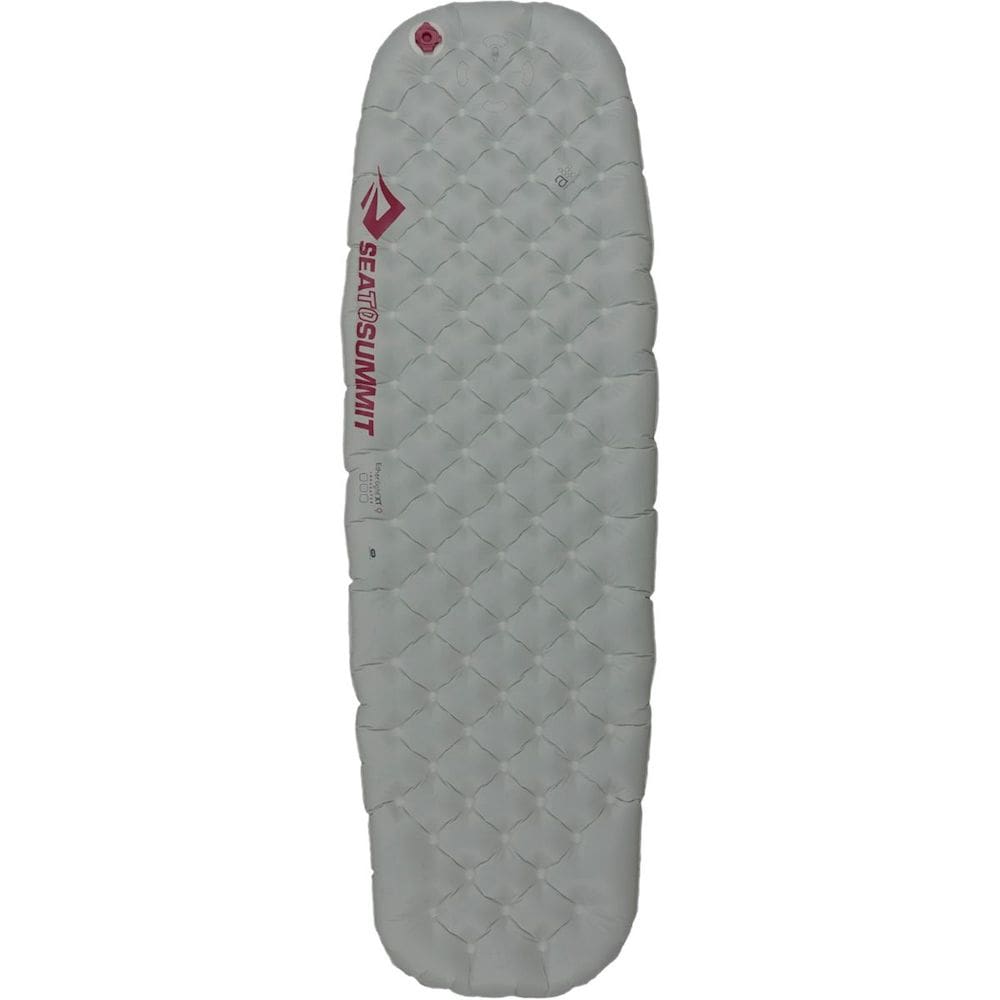


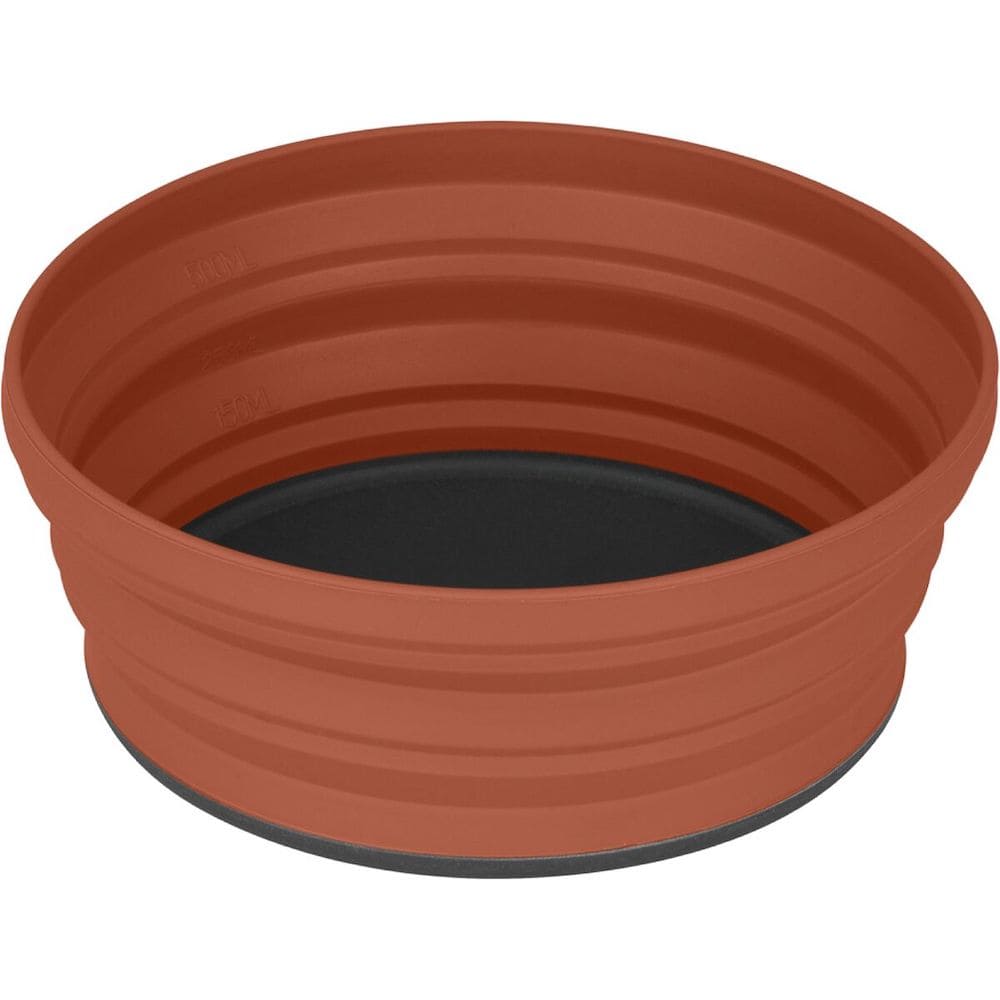











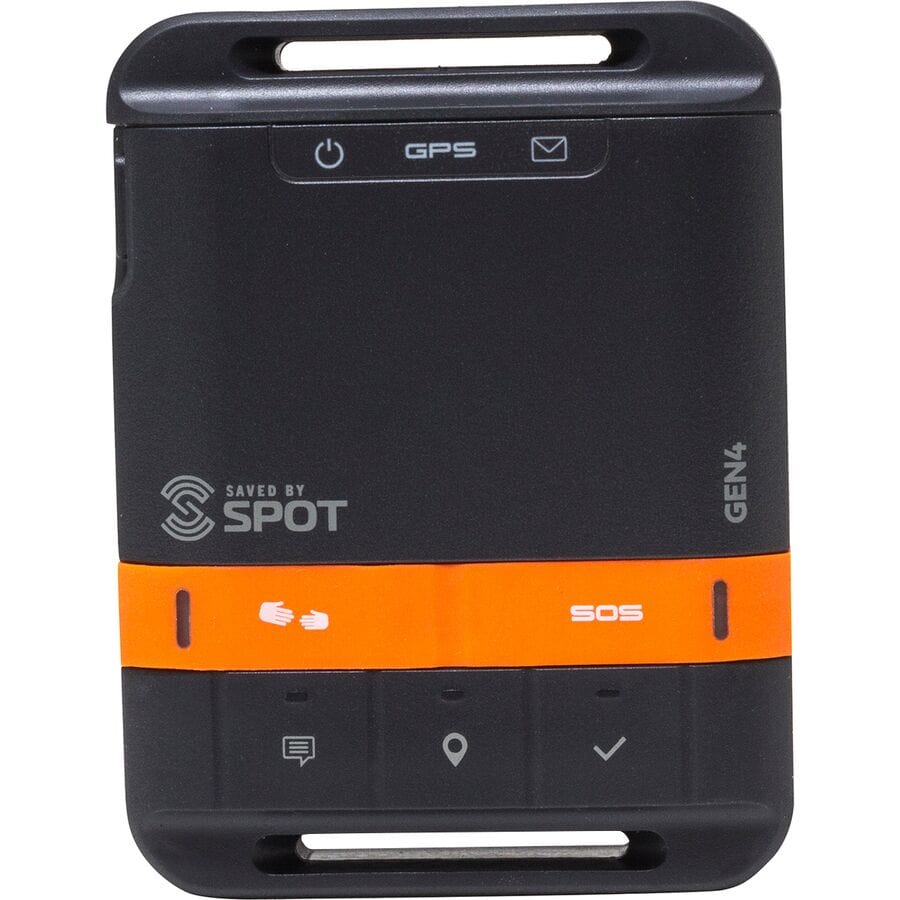
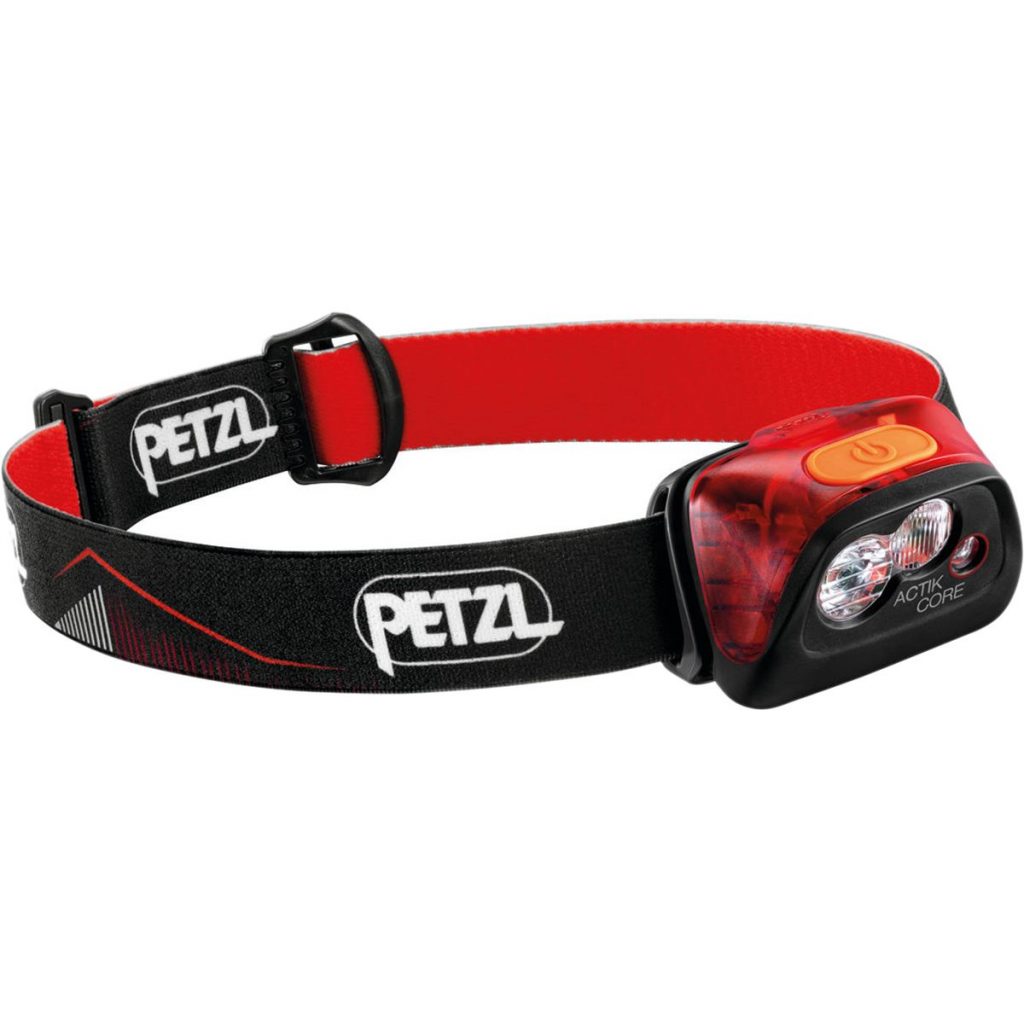


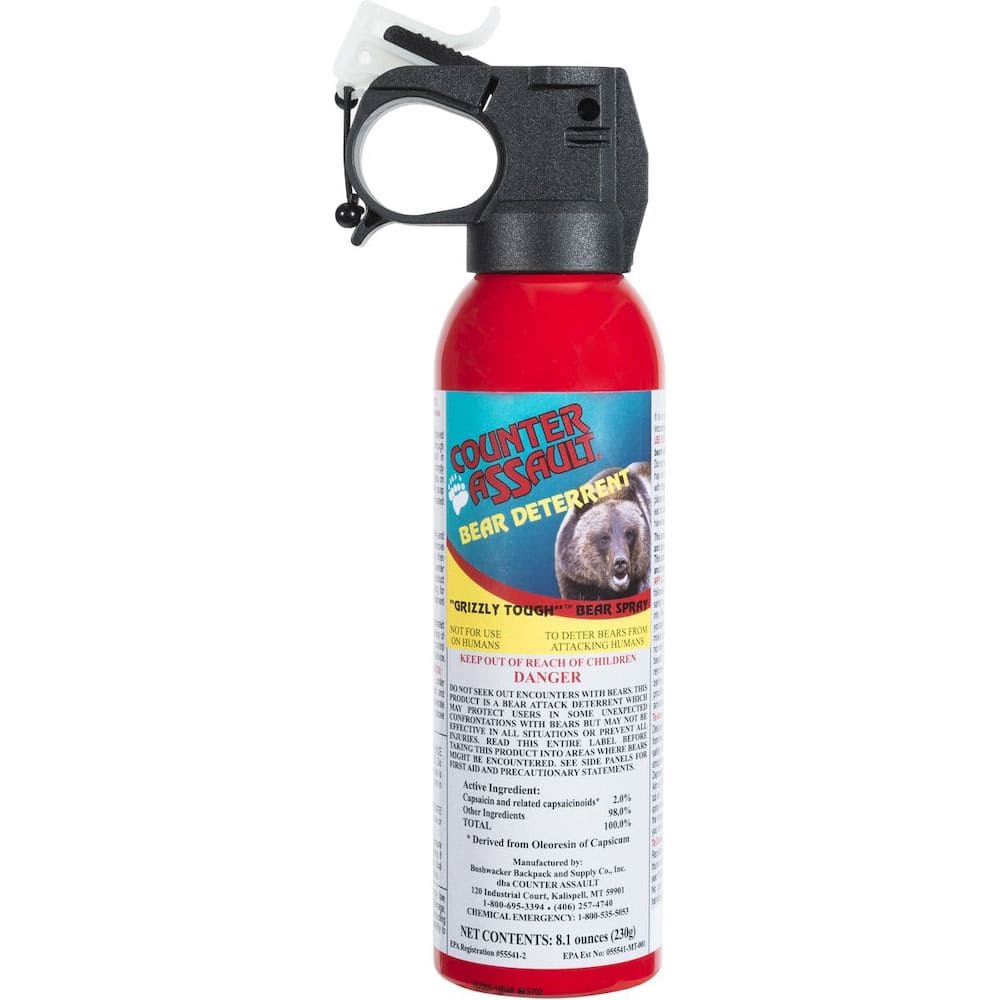



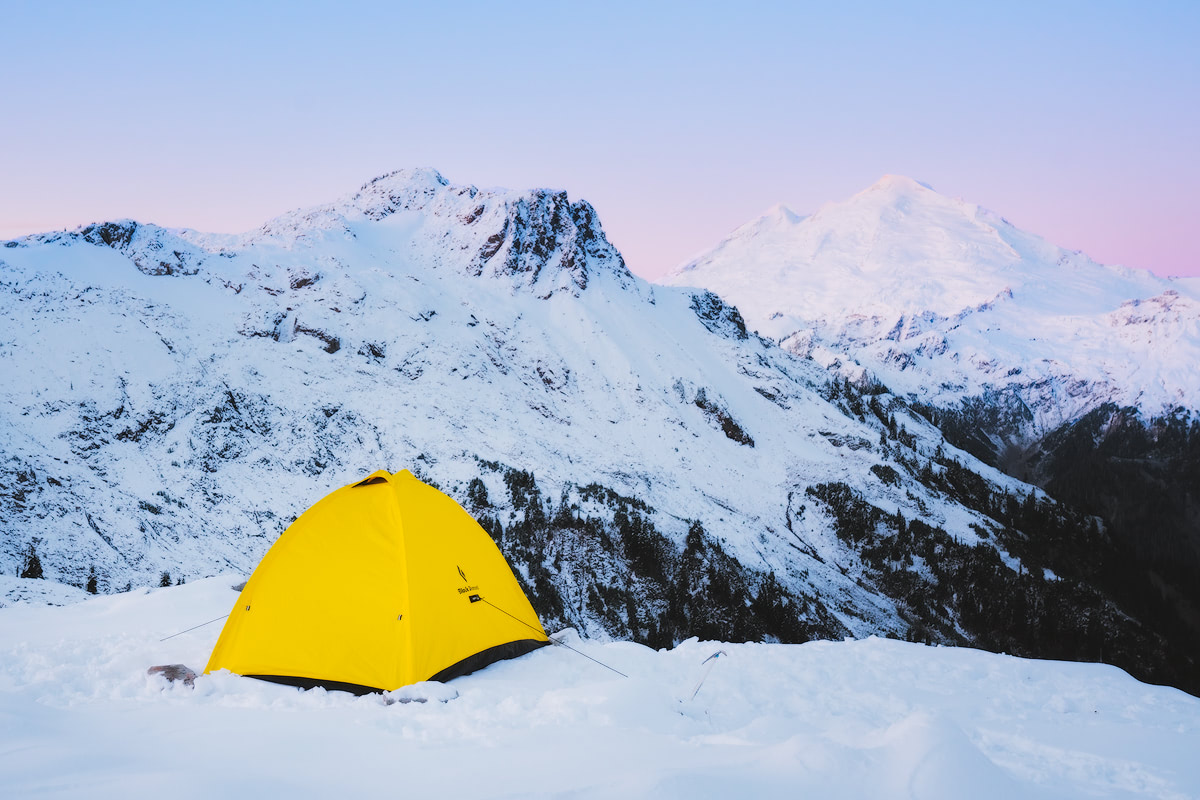

Indulging in luxury is like experiencing life in high definition. From lavish accommodations to opulent experiences, every moment becomes a masterpiece. When it comes to capturing these memories, the CapCut mod apk adds an extra layer of sophistication, allowing you to edit and enhance your luxurious moments effortlessly. Elevate your experiences with the seamless blend of opulence and creativity.
Your exceptional work in this post is truly praiseworthy, thank you.
Thank you for delivering such an outstanding post that surpasses expectations.
This post is a testament to your exceptional talent, thank you for your remarkable contribution.
Thank you so much for the huge amount of time and effort that must have been put into researching and composing this. Don’t let your excellent work go away!